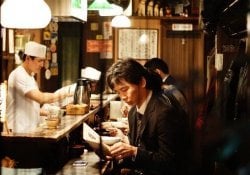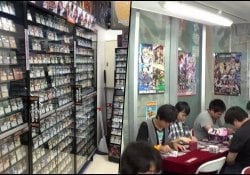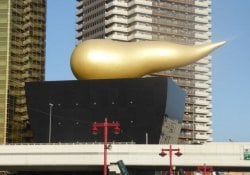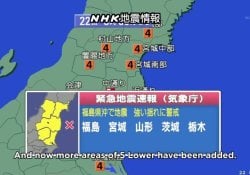Japan is world renowned for its rich and diverse culinary culture, and ice cream is no exception. With an array of unique flavors and intriguing textures, Japanese ice cream is an experience everyone should try. In this article, we will explore different words and types of ice cream in Japanese and their respective descriptions, divided into three sub-topics: Soft Cream, Mochi Aisu and Kakigōri.
Índice de Conteúdo
How do you say ice cream in Japanese?
The word "ice cream" in Japanese is アイスクリクリム (aisukurīmu). This word is a phonetic transliteration of the English "Ice cream" to the Japanese alphabet Katakana, which is used to write foreign words.
Now let's take a closer look at Japanese words that categorize ice cream in Japan:
アイスクリクリム (Aisu Kurīmu) - This is the Japanese term for ice cream. It is a word used to refer to all types of ice cream, including milk ice cream, fruit ice cream and ice cream with frosting.
氷菓子 (Hyōgashi) - It can be literally translated as "ice candy". Used more generally to refer to any iced or frozen treats, not just ice cream specifically.
ソフトクリクリム (Sofuto Kurīmu) - This is soft serve ice cream or soft serve in Japanese. It is a type of ice cream that is served in a cone or cup and is known for its smooth and creamy texture.
あんみつ (Anmitsu) - This is not exactly an ice cream, but a traditional Japanese dessert that often includes ice cream as one of the ingredients. Anmitsu is a dessert bowl with small cubes of agar gelatin, an assortment of fruits and a sweet sauce. Sometimes ice cream is added on top to complete the dessert.
シャシャベット (Shābetto) - Sherbet is a type of frozen dessert made with fruit juice, sugar and water. It is less creamy than ice cream and has a grainier texture. Popular sherbet flavors include lemon, raspberry, strawberry and orange.
ガリガリ君 (Grigari -kun) - Garigari-kun is a type of ice cream stick that is very popular in Japan. It's made with concentrated fruit syrup and water, and has a grainy texture that's similar to sherbet. Popular flavors include lemon, grape, watermelon and orange.
Other types of ice cream we will see in more detail below and also in another list of words at the end of the article.
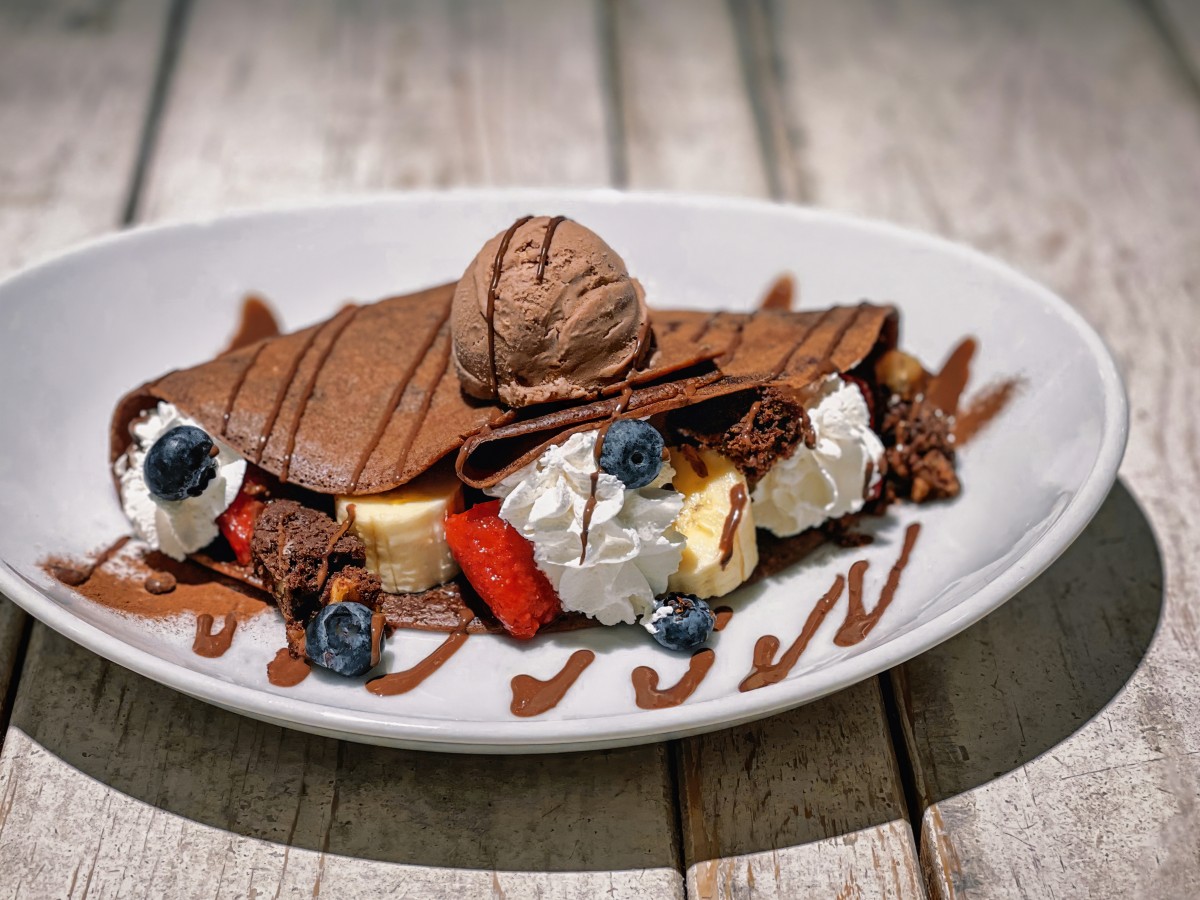
A hand holding an ice cream cone on a city street
Soft Cream is the Japanese version of ice cream cone, a frozen dairy product with a smooth, creamy texture. This ice cream is extremely popular in Japan and can be found at convenience stores, theme parks and fairs. There is a wide variety of flavors available, from classic vanilla and chocolate to more exotic ones like matcha (green tea) and sakura (cherry blossom).
Soft Cream is often served in traditional cones, but can also be found in cups, ice cream sandwiches and other formats. A distinctive feature of this ice cream is that instead of being served in balls, it is twisted into a spiral shape, giving it an attractive and inviting appearance.
Soft Cream flavors vary by region in Japan, with some areas offering specific flavors, such as Kyoho grape in Yamanashi or squid in northern Hokkaido. Trying out the different flavors of Soft Cream while traveling in Japan is a fun and delicious way to explore the country's culture and cuisine.
We also recommend reading: Japanese Food - Word List and Vocabulary
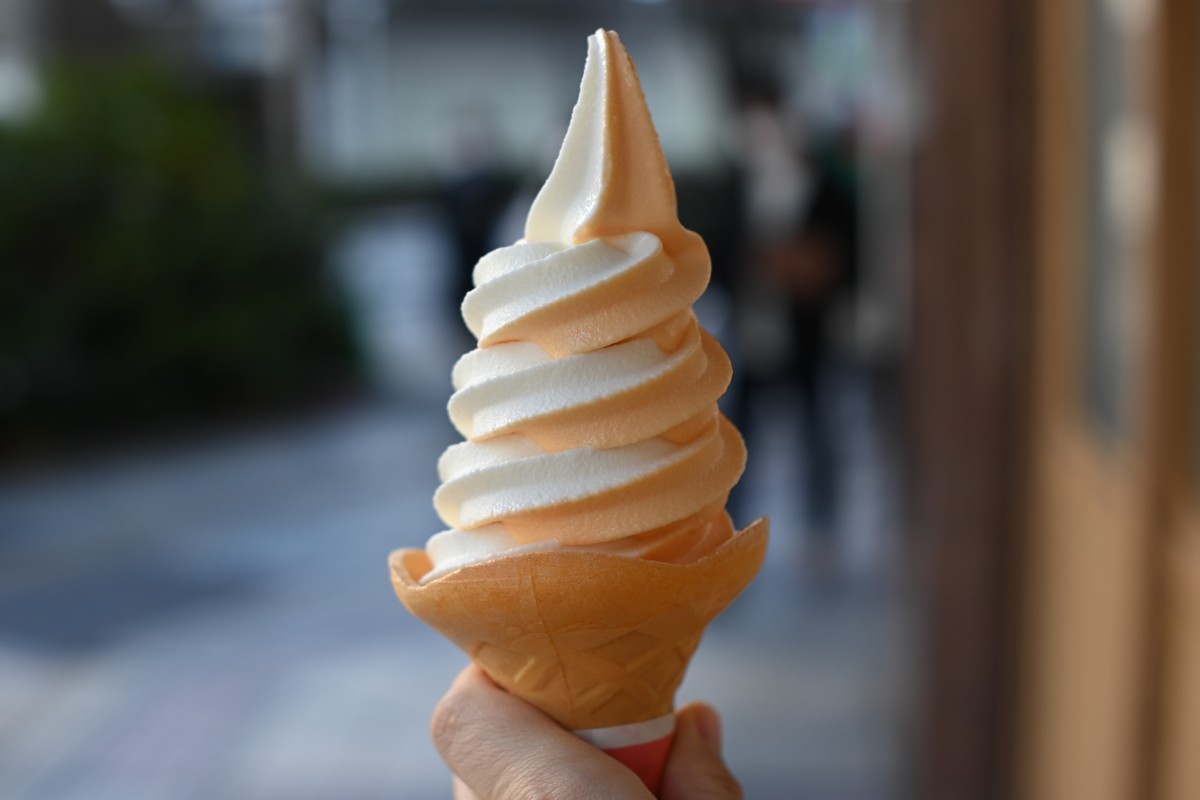
Mochi Aisu (餅アイス)
Mochi Aisu, or mochi ice cream, is a Japanese dessert that combines traditional mochi (a glutinous rice cake) with ice cream. Mochi is made from ground glutinous rice and cooked, creating an elastic and sticky texture that envelops a scoop of ice cream.
Mochi Aisu flavors are as diverse as Soft Cream, with options ranging from traditional matcha and anko (sweet red bean paste) to more western flavors like vanilla and strawberry. The contrast between the smooth, creamy texture of ice cream and the sticky, chewy texture of mochi is what makes Mochi Aisu such a unique and delicious dessert.
Mochi Aisu is usually served in individual portions and can be found in supermarkets, convenience stores and fairs. This dessert is also a common item on Japanese special occasions and festivals such as New Year and Star Festival (Tanabata) .
Read also: Mochi – All about Japanese rice candy
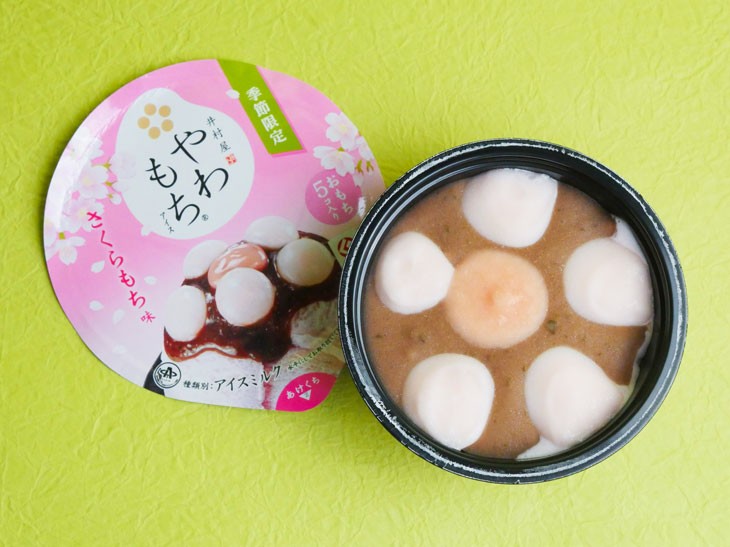
The article is still halfway through, but we recommend also reading:
Kakigōri (かき氷)
Kakigori is a Japanese summer dessert made from shaved ice topped with flavored syrups and sometimes additional toppings. Similar to slush or shaved, Kakigōri offers a refreshingly delicious experience in the hot summer months.
Kakigōri flavors range from traditional ones like matcha and uji kintoki (sweet red bean) to more contemporary and fruity options like melon, strawberry and lemon. Additional toppings can include condensed milk, mochi, fresh fruit or even whipped cream. Shaved ice is usually served in a glass or bowl and is consumed with a spoon or chopstick.
Kakigōri can be found in many establishments, from street kiosks and specialty stores to cafes and restaurants. During summer festivals, it is common to see long lines of people waiting to enjoy this colorful and icy dessert.
Read also: Kakigori – かき氷 – Japanese Scratch Card
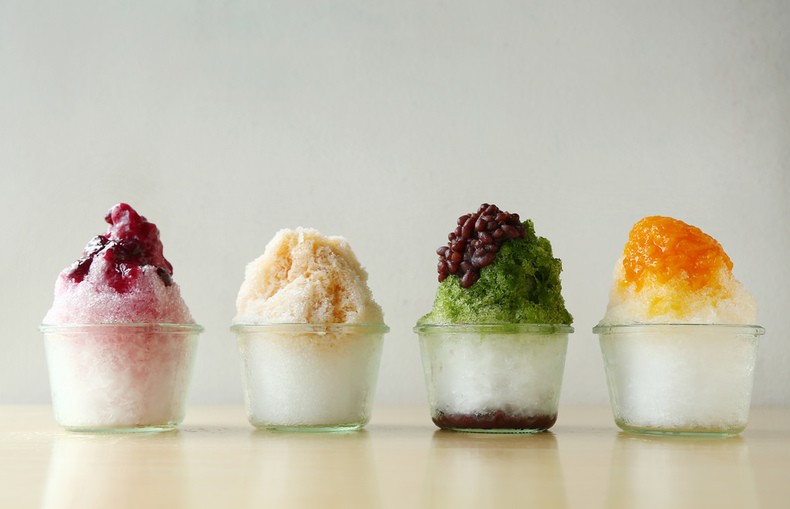
Types of Ice Cream in Japanese
In addition to the words covered above, here are other words related to ice cream, flavors, and ice cream product categories in Japanese:
- 黒ごまアイスクリーム (kurogoma aisu kurīmu) – This is a type of black sesame seed ice cream. It is made with roasted black sesame seeds and has a unique, slightly salty flavor.
- 抹茶アイスクリーム (matcha aisu kurīmu) – This is a type of green tea ice cream. It's made with powdered green tea, known as matcha, and has a distinct, slightly bitter taste.
- ミルク (miruku) – This is the Japanese term for milk. Milk ice cream is very popular in Japan and usually has a smooth and creamy taste.
- フルーツ (furūtsu) – This is the Japanese term for fruit. Fruit ice creams are popular in Japan, and flavors include orange, strawberry, manga, and kiwi.
- モナカアイス (monaka aisū) – This is a type of Japanese ice cream made with a crunchy wafer called monaka and filled ice cream. The filling can be in a variety of flavors, including green tea, sweet adzuki beans, and vanilla.
- ラムネアイス (ramune aisū) – This is an ice cream that tastes like a Japanese drink called Ramune, which is a lemon-flavored carbonated drink. The ice cream has a refreshing, fizzy taste.
- ゆずアイスクリーム (yuzu aisukurīmu) – This is a citrus sorbet made with yuzu, a Japanese citrus fruit that tastes similar to lemon and grapefruit. The ice cream has a refreshing and slightly acidic taste.
- 金時アイス (kinshi aisū) – This is a Japanese sweet potato ice cream called “Satsuma-imo” that is boiled and then pureed. The ice cream has a sweet, earthy flavor that is unique.
- たいやきアイス (taiyaki aisū) – Taiyaki is a type of Japanese sweet made from fish-shaped cake batter and filled with sweet beans, chocolate or other fillings. Taiyaki ice cream is served inside the hot fish dough, adding an interesting contrast of textures between the cold ice cream and the hot, crispy dough.
- ジェラート (jerāto) – Gelato is an Italian version of ice cream. It is denser and creamier than American ice cream because it has less air incorporated during the freezing process. The most popular gelato flavors in Japan include pistachio, chocolate, cream, caramel and fresh fruit.
- ムース (mūsu) – Mousse is a type of frozen dessert made with whipped cream and egg whites. It is lighter and more airy than ice cream and is usually served in individual cups. Popular mousse flavors include chocolate, coffee, strawberry and manga.
- パフェ (pafe) – Parfait is a type of Japanese dessert consisting of layers of ice cream, fruit, whipped cream, sweet syrup, and other ingredients. It is usually served in a tall glass and garnished with a cream topping and a cherry. Popular parfait flavors include chocolate, caramel, banana, and kiwi.


